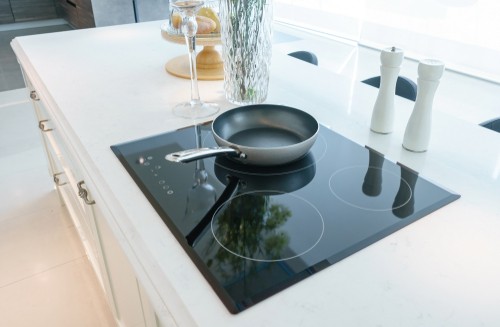
How to Remove Stain From Induction Cooktop? Cleaning the surface of your induction cooktop can be somewhat tricky. The reason for this is that the materials are not compatible with each other. Good examples are cast iron and stainless steel.
Most people opt to use stainless steel to clean their stoves, but it has been seen that these materials leave marks and even scratches on the surface.
So what do we do? How do we clean our induction cooktops without leaving any marks or scratches behind? Here’s a list of cleaning tips and tricks you can use.
Read on – How to Remove Stain From Induction Cooktop?
1. Detergent and Water
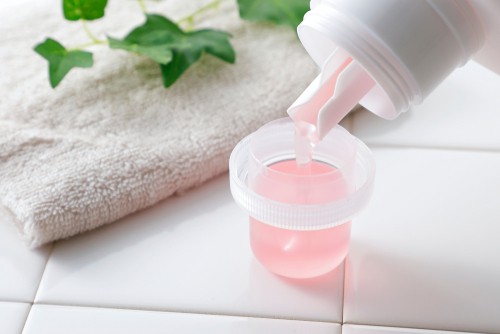
The most important thing in cleaning an induction cooktop is water. Make sure all spills have been cleaned as soon as possible because once they dry up, you will find it hard to remove them later on.
Put a little detergent on those spots and use a clean sponge or towel to rub the area gently. Rinse with water afterward and wipe it dry using a clean cloth or paper towels.
2. Salt

Salt is one of the cheapest household ingredients that you can have in your home. You should know that salt has an abrasive quality, which means that it can scrape out stains from almost any material, including induction cooktops.
All you have to do is prepare some table salt which you will put on the stained area together with some water or lemon juice.
Remember not to scrub too hard because this could scratch the surface instead of getting rid of stains. Wipe it dry after cleaning, but if ever there are still marks left behind, you can always repeat the method.
3. Lemon Juice
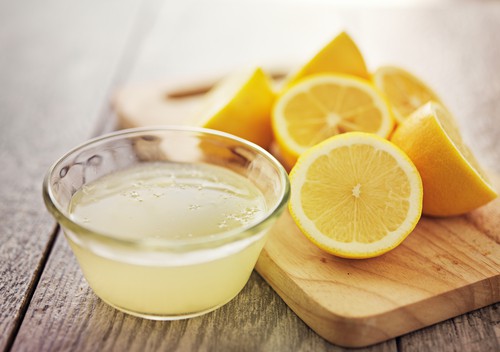
Just like water, lemon juice is another natural household ingredient that you can use to clean almost anything, including your induction cooktop. Fill a bowl with some water and squeeze the juice of one or two lemons into it.
Before cleaning, make sure that there are no gas bubbles that rise up into the mixture because these may cause an explosion when coming in contact with heated surfaces.
Pour this solution on your induction cooktop surface but make sure not to let any drip down to the bottom part where the heating coils are located. You should know that too much exposure to heat could damage the coating.
4. Heated Vinegar

Vinegar has acidic properties, which makes it perfect for removing stains and dirt, especially when cleaning induction cooktops. There are some people who add a few drops of dishwashing liquid to speed up the process.
But make sure to check if your cooktop is compatible with this or not because using certain detergents or other household items could damage the surface. Pour some vinegar on a cloth and wipe it over the stained surfaces gently while avoiding wiping near the heating coils.
5. Alcohol

Alcohol has been used for years as a solvent because of its powerful nature in dissolving other materials. When mixed with water, it can be used in cleaning wounds, disinfecting tools, and other stuff that you use around the house, including your induction cooktop.
Prepare 1 cup of alcohol together with 3 cups of water, mix them, and pour it on a clean cloth. Scrub the surface gently but make sure not to scrub too hard because this could damage the surface. Just like other liquids mentioned above, keep it away from heating coils.
6. Dishwashing Liquid
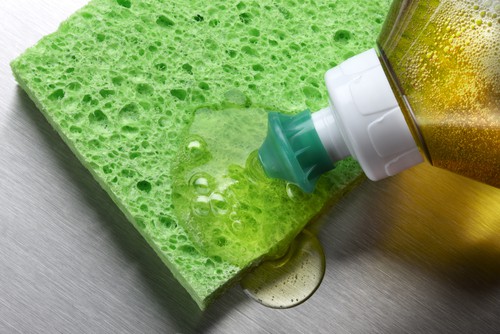
This is another household ingredient that you can use in cleaning your induction cooktop. Prepare some dishwashing liquid which you will mix with warm water before applying it on your stovetop.
You can also add baking soda if you would like more bubbles or power when washing the area of your induction cooktop. Dishwashing liquid has scrubbing beads that can remove stains on almost any material, including induction cooktops.
Do not put on too much of this solution, as this might drip down into areas where they shouldn’t be.
7. Baking Soda
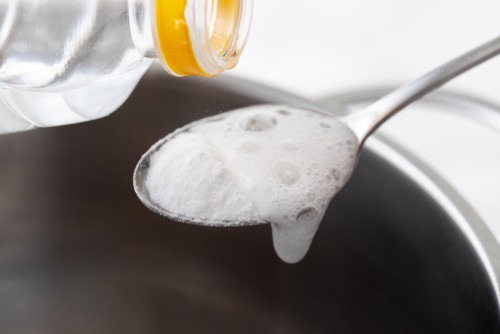
Another household ingredient that you can use in cleaning your induction cooktop is baking soda. Prepare some water and add a few drops of dishwashing liquid into it before stirring it well to get the bubbles going.
Pour this on your cooktop but make sure not to put too much or risk having the solution dripping down below the surface and potentially cause damage to your coil elements. Scrub gently and wipe immediately with a clean cloth for faster results and less elbow grease.
8. Dryer Sheets
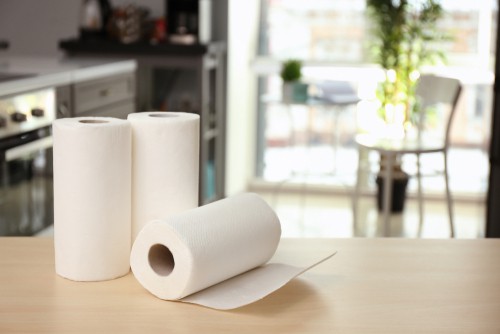
If ever there’s no other alternative for preventing spills, dryer sheets are perfect for absorbing excess moisture from food items that made them sticky or slippery, leaving stains behind on your induction cooktops. Just like paper towels, you can use a couple of dryer sheets.
Make sure to place dryer sheet strategically at spills or areas where food residue has been left behind. Let it sit for a few minutes and wipe them with a clean cloth afterward.
9. Ammonia

This is another household chemical that can be found in almost any home because it’s used as an ingredient in many cleaners available in the market today compared to your induction cooktops.
In one cup of hot water, add one tablespoon of ammonia and mix them well before pouring this on your cooktop surface. Just like dishwashing liquid solution, apply this gently but make sure not to let drops drip down below or risk having your coils damaged.
If ever are still marks after wiping the surface, scrub gently using a soft cloth.
10. Toothpaste
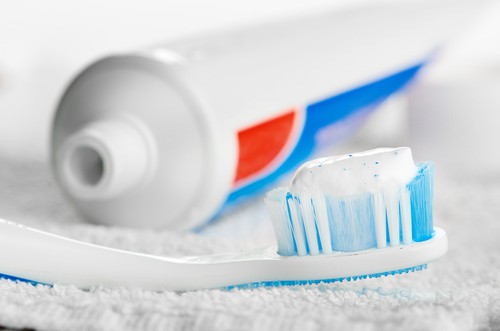
Yes, toothpaste can be used in cleaning induction cooktops as well, if only it contains baking soda since this is actually what’s composed of most toothpaste as far as we know.
Prepare some baking soda and put a dab of toothpaste on top, then mix them together thoroughly until lather appears and you get the paste-like consistency. Apply the paste directly on stained areas without rubbing too hard to avoid scratching the surface.
Let it sit for about 30 minutes or so and wipe with a clean and dry cloth after that.
11. Aluminum Foil

If ever there’s no other alternative at hand just to quickly clean your induction cooktop, use aluminum foil but make sure not to scratch the surface when scrubbing. You can also use aluminum foil to remove stains in a couple of hours through a bit of cooking in your induction stovetop.
Put a sheet of aluminum foil on a plate and add some water, be careful with the amount because too much would drip down from the bottom part where heating coils are located. When water is hot enough, place your dirty cookware on top and bring it up to high heat for about 5 minutes.
This is just an easy method for cleaning food residues that have been severely burnt into the surface area of your induction cooktop without having to purchase expensive cleaners or risking damage by using harsh chemicals.
How to Remove Stain From Induction Cooktop? – Conclusion
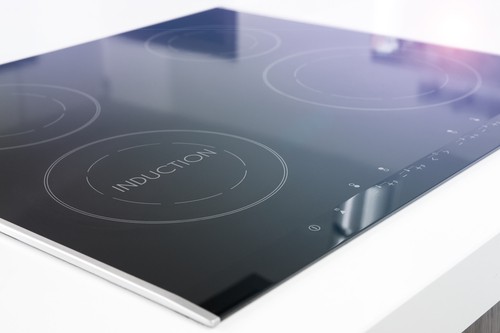
With a few simple tips and tricks, you can remove stains from your induction cooktop. The first thing to do is find the product that will work best for removing any unwanted stains on your surface.
There are many different products available in stores or online, so make sure you choose one specifically designed for an induction burner.
Make sure to follow the instructions carefully when using this kind of cleaning agent- it may take more than one application before all traces of stain have been removed from your stovetop.
Be diligent with these steps, and soon enough, you’ll be able to enjoy a clean cooking space without worrying about pesky marks ruining the appearance of your kitchen’s centerpiece appliance.
We hope you’ve learned something from the article – “How to Remove Stain From Induction Cooktop?” If you need any types of cleaning services, including home cleaning, carpet cleaning, or upholstery cleaning services, you can call us any time and we will be more than happy to assist you!
